Thunderbolt on Windows Part 2: Intel's DZ77RE-K75 & ASUS' P8Z77-V Premium
by Anand Lal Shimpi on June 3, 2012 2:08 AM EST- Posted in
- Motherboards
- CPUs
- Intel
- Asus
- Thunderbolt
- Ivy Bridge
- Chipsets
Hot Plug & Promise Pegasus, Now Supported Under Windows
For the past year, hot plug of Thunderbolt devices hasn't been supported under Windows—even on a Mac running Boot Camp. Any Thunderbolt device had to be present at POST for it to appear under Windows. In order to have a certified motherboard, BIOS/UEFI workarounds have to be present to allow for Thunderbolt hot plugging under Windows.
With a certified motherboard and a Windows certified Thunderbolt device, hot plug does work as you'd expect it to.

Promise provided us with a beta driver and firmware update that allowed us to use the Pegasus R6 under Windows. Hot plugging worked just fine.
The Promise Pegasus utility under Windows is actually a web based interface, but it provides the same basic functionality as the equivalent OS X application.
What happens if you don't have a certified driver? One of three things can happen. The device will either not work at all, it will compromise stability, or it will work but with some issues. The LaCie Little Big Disk is the perfect example of the last option. I just got a beta certified driver, but prior to receiving it this is what would happen when I plugged it into a running Windows system:
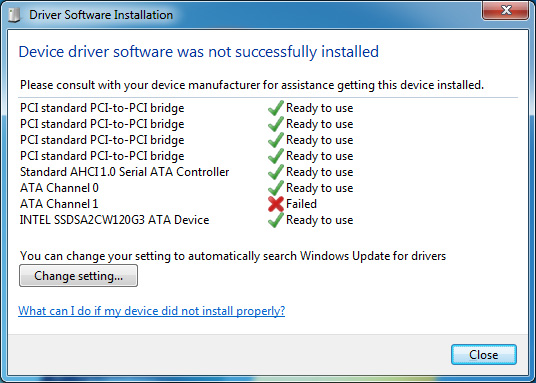
Only one of the two internal SATA channels was detected, meaning only one of the two internal drives was accessible. A reboot fixed this however.
The Elgato Thunderbolt SSD and Seagate's 2.5" GoFlex Thunderbolt adapter both use a different (lower power) SATA controller in order to stay below the 10W limit for a bus powered device (the cable, SATA and pre-Cactus Ridge Thunderbolt controllers combined already eat up around 5W).
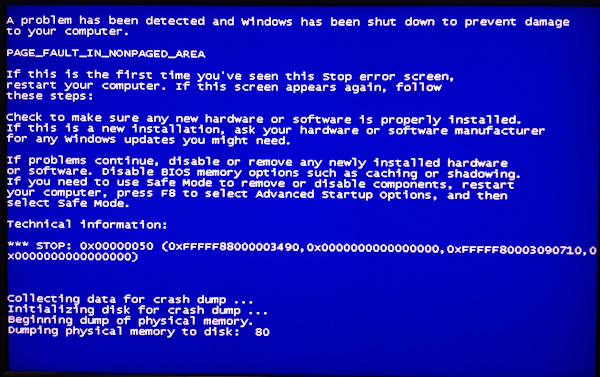
Unfortunately the ASMedia controller in these devices doesn't work well without a certified driver. Simply attaching the Elgato drive to a running Windows PC can cause a BSOD. Neither drive would even show up on either of the motherboards I tested; we'll simply have to wait for a certified driver here.
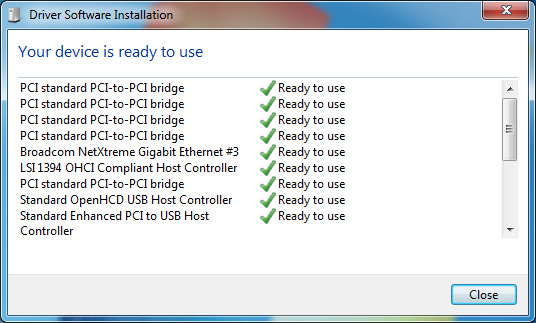
Apple's Thunderbolt Display works but not without a bunch of caveats. First you'll need access to a Mac to extract the drivers for the integrated components in the display (Firewire 800, GigE, etc.). Audio will work but only if you don't have a discrete GPU plugged into the motherboard. Firewire 800 and GigE both work. The integrated USB hub on the other hand basically doesn't work under Windows. Apple doesn't officially support the Thunderbolt Display under Windows and Intel won't certify it without Apple's support so anyone wanting to use a Thunderbolt display will just have to wait for someone else to release a similar product.
Remember the weird audio frame dropping issue I encountered under OS X with the Pegasus and Thunderbolt Display? I also encounter a similar but less severe version of that under Windows. While writing to the Pegasus and playing music through the Thunderbolt Display's speakers I get dropped audio frames, but unlike under OS X the music continues to play and is mostly recognizable—it just sounds like there's a little bit of static in the background. It's interesting that the problem exists under both OSes, but with slightly different behavior.


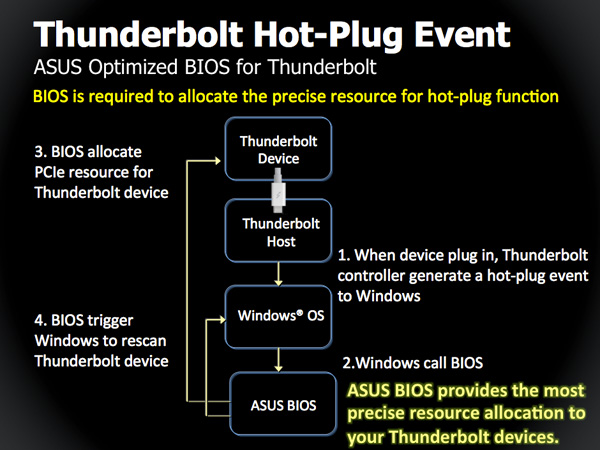
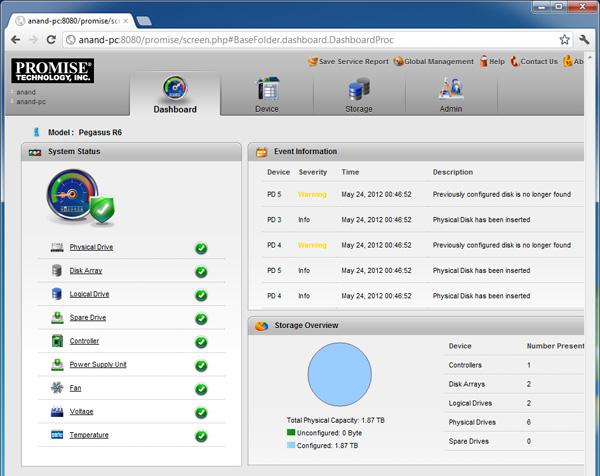














116 Comments
View All Comments
mikbe - Sunday, June 3, 2012 - link
So it's a non-standard standard that even one of the creators refuses to follow. Sounds really useful.I'll wait till they figure it all out; as I imagine most people will. Which of course means it won't ever get popular enough to drop in price so it will be expensive and flacky which will keep people away so it won't ever get popular enough to drop in price so it will be expensive and flacky which will keep people away so it won't ever get popular enough to drop in price so it will be expensive and flacky which will keep people away so it...
coder543 - Sunday, June 3, 2012 - link
what do you mean one of the creators refuses to follow?Impulses - Sunday, June 3, 2012 - link
Frankly I don't see wide spread adoption of TB on the desktop ever taking root... The cable management argument is debatable (i wouldn't want most cables hanging off my displays), and other applications simply cater to usage cases that are already a niche.TB does hold a ton of promise as a docking solution for laptops tho, I certainly hope Intel stands by it and doesn't grind progress to a halt with the cert program. You'd think this would be the prefect complement to their ultrabook push, they should practically be giving the controllers away to ultrabook manufacturers.
chaoflux - Sunday, June 3, 2012 - link
Could you by chance test whether two thunderbolt displays daisy chained works w/ the Intel or Asus motherboard? I have two displays which work fine daisy chained on my mbp w/ os x, but not bootcamp (only 1 display works in bootcamp) - though hot plugging doesn't work either w/ bootcamp on the mbp, so I'm moderately curious if one of these Intel certified boards resolves the dual display in Windows issue as well.repoman27 - Sunday, June 3, 2012 - link
Curious about this as well, but there's also a good possibility that these boards only use the 2C Cactus Ridge controller or only have a single DP source connected anyway.counter03 - Sunday, June 3, 2012 - link
for asus p8z77-v premium, is it support three independent displays using Ivy bridge? i mean just connect three monitors to hdmi and dp and thunderbolt on board.repoman27 - Monday, June 4, 2012 - link
I'm not sure if I just missed it, but it was not clear to me which board you were using for the performance figures that were in the article. Was it the Asus or Intel board that was used for the benchmarks?Also, a much more plausible explanation for the modest performance decrease experienced during your Windows tests is that the 15-inch MacBook Pro you originally tested with had the Thunderbolt controller connected to the PCIe lanes coming directly off of the CPU, not the PCH. On that test you were very close to the theoretical maximum throughput of 1028 MB/s (figuring a 128 byte max TLP payload size and bare minimum of overhead.) Trying to get higher aggregate throughput with multiple Thunderbolt devices only works to a point, and then the additional overhead created by multiple devices starts to diminish the bandwidth available for payload data. If you're trying to bury the needle, I think the Pegasus on its own loaded with 4 matched high performance SSDs is the way to go for now.
I chuckled when I read this bit: "Interfaces like USB are great because you can generally count on anything that physically fits in the port just working." I'm guessing you don't plug printers into your USB ports very often, do you?
ypsylon - Monday, June 4, 2012 - link
Thunderbolt will die virtually over night when external PCI-Express will be introduced. It will be MUCH cheaper, it won't involve patent rights and license buyouts gibberish, it will offer the same bandwidth, and most important ALL desktops are equipped with PCI-Ex lanes already. Need only a simple card with a connector without some proprietary idiocies. In short couldn't care less about Thnunderbolt, leave it for Apple - to use euphemism - followers. It will end like Firewire. The End.bottlething - Monday, June 4, 2012 - link
Anand, in your Thunderbolt Display review, you mentioned the possibility of combining the ethernet-port on the display with the Mac's ethernet-port (IEEE 802.3ad Link Aggregation).This link explains how:
http://docs.info.apple.com/article.html?path=Serve...
- What is to be expected of this scenario? (given a local network with a IEEE 802.3ad-compliant switch)
A similar question on Apple Communities have yet to be replied upon..
https://discussions.apple.com/message/17450524#174...
- Any thoughts/experiences/results on this "feature" would be appreciated :)
Thanks in advance
Shadowmaster625 - Monday, June 4, 2012 - link
My CAD program would choke and die if it tried to make a curved trace.Leaving external GPUs aside, what purpose is there to having thunderbolt? You guys dont ever seem to review any docking solutions, but it seems like the new Toshiba Dynadock USB 3.0 can drive two 1080p display and run ethernet and sound and mouse/kb. Right now I would still have to pay more money to use a thunderbolt one-cable dock solution.